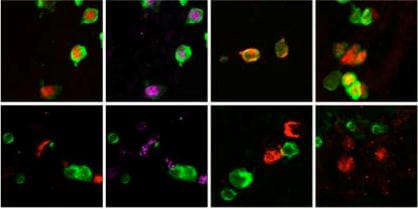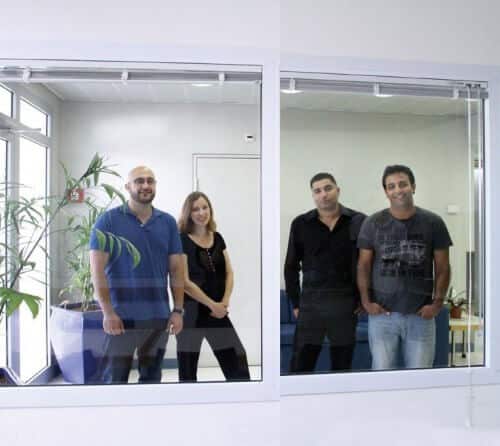The difference between mature and differentiated cells and stem cells is based on the principle responsible for the differences between all body cells: even though they contain exactly the same genes

Time travel is still science fiction, but a few years ago a team of Japanese scientists managed to move cells through a kind of "developmental time travel". The researchers took mature and sorted cells and turned them into stem cells: cells that have not yet gone through the "specialization" process, therefore they carry the potential to become any of the body's cells. Their discovery - that it is possible to "reprogram" adult cells and turn them into "induced stem cells" by inserting only four genes - opened the door to the use of induced stem cells for the purpose of curing genetic diseases and restoring damaged cells and tissues, while "circumventing" the ethical and technical problems associated with the use of embryonic stem cells , which originate from fertilized eggs. But despite the breakthrough, the success rates of reprogramming are quite low.
"The reprogramming process is actually a black box," says Dr. Yaacov Hana from the department of molecular genetics at the institute. "We insert four genes into the cells, wait two weeks, and in the best case we get stem cells. We still don't know what exactly is happening inside the cell." A study by Dr. Hanna, recently published in the journal Nature, sheds some light on the black box. The research reveals the role of a key enzyme, which enables the activation of the "genetic program" that creates the induced stem cells (iPSC).
The difference between mature and sorted cells and stem cells is based on the principle responsible for the differences between all the cells of the body: although they contain exactly the same genes, the cells differ from each other in the degree, manner and timing in which these genes are expressed - that is, they become protein. The differences in expression arise from the way in which the genetic material is packaged: in each of the cells, depending on its type and its function, certain genes are exposed - and therefore can be expressed, while other genes are well packaged, and are not used. During the reprogramming, a total change is made in the packaging of the genetic material: certain genes are packaged and silenced, and other genes are exposed.

To find out how the packaging changes take place, the team of scientists, which included research associate Dr. Noa Noverstern, post-doctoral researcher Dr. Abdel Fatah Mansour, and Ohad Gafni, who is conducting a research project in the laboratory, created random mutations in the cells, and inserted the four responsible genes into them for reprogramming. The cells where the process failed were then examined, with the aim of identifying the mutation responsible for the failure. This is how they managed to discover an enzyme whose activity is essential for the repackaging of the genetic material. The enzyme, called Utx, is activated by the four genes inserted into the cell, and works together with them. Together, they open the DNA molecules, reveal the hundreds of genes of the cellular embryonic program, and enable their expression - and this despite the fact that in the normal adult cell these genes are tightly packed and silenced.
It is clear that the Utx enzyme was created not only so that one day scientists could produce induced stem cells. To discover its natural function, the scientists created transgenic mice, which do not produce the enzyme. To their surprise, these mice were infertile. Later, the reason for the infertility was discovered: it turns out that the Utx enzyme is essential for the creation of the sex cells, i.e. sperm cells or egg cells, in the developing embryo. According to Dr. Hana, this finding is not very surprising, since even in this case it is a kind of developmental journey into the past: "At a certain stage of development, certain embryonic cells, which have already undergone several days of differentiation, have to 'retreat' from their development, and become stem cells - sex cells The genetic program of these germ cells is very similar to that of induced stem cells, and in both cases it is the Utx enzyme that paves the way for this developmental regression." Due to this reason, the research findings may also be relevant for understanding and treating fertility problems.
A detailed study of the reprogramming process, while identifying the key points, and places prone to disruptions, will make it possible to improve the success rates, and produce better stem cells - and thus promote the use of induced stem cells for a variety of medical and research purposes. In addition, it will open a window for understanding early development processes. Dr. Hana: "In this study, we were able to locate an important and specific developmental junction, one of many, where the gametes are formed. The changes in the fetus, especially in the early stages of development, are fast and dramatic, and it is very difficult to study them, because the window of opportunity is very short. We aim to crack these windows one by one."
